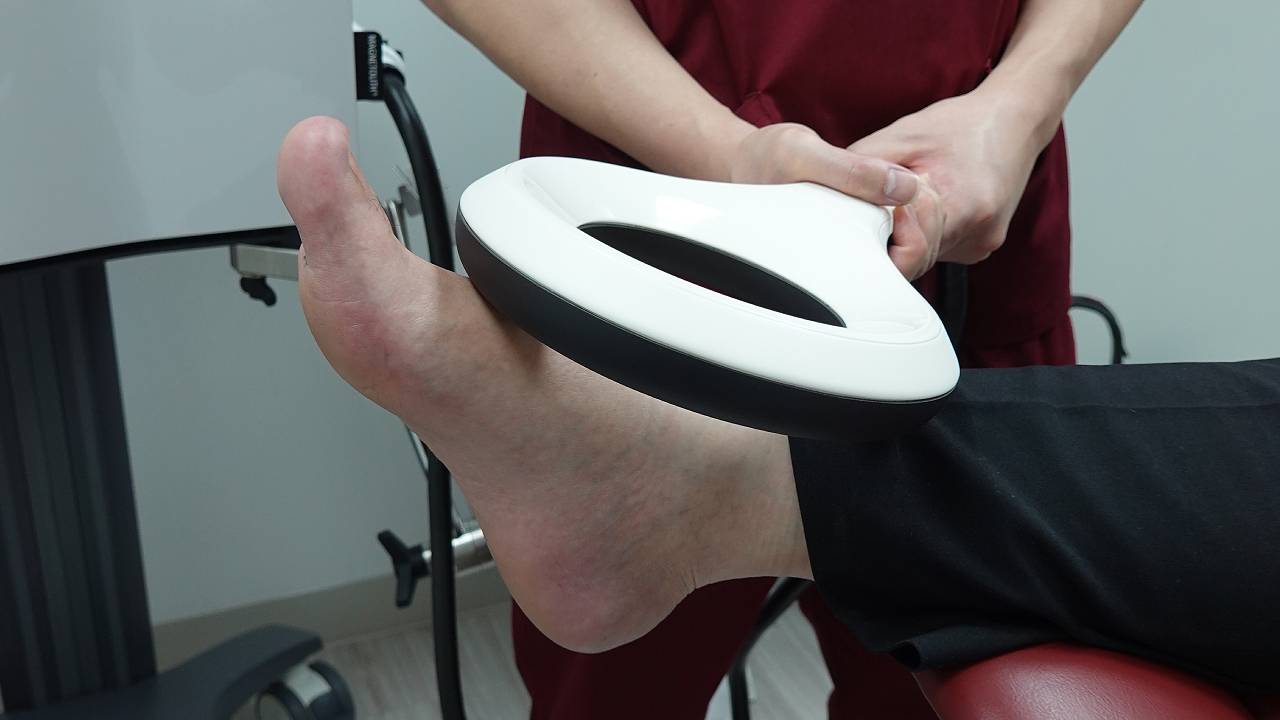Metatarsalgia is a condition that commonly affects the bones and joints in the sole of your foot. This condition is usually associated with pain on the ball of the foot (metatarsal), especially on the three middle toes.
Those who are physically active and frequently engaged in high impact activities, like running and jumping, have a much higher chance of developing metatarsalgia. Other contributing factors to metatarsalgia, include ill-fitting footwear and wearing high heels for prolonged periods of time.
Patients who have been diagnosed with certain chronic medical conditions, such as rheumatoid arthritis, gout, osteoarthritis and diabetes may also experience metatarsalgia as part of their condition. Aside from direct causes like injuries or trauma, other factors, such as age, occupation, being overweight and certain lifestyle choices may also put someone at a higher risk of developing metatarsalgia.
Common Symptoms
- Pain accompanied by burning sensation
- Aching across the forefoot
- Pain on the sole of the foot especially on the ball of the foot nearer to the toes
- Pain increased when walking barefoot or on hard surfaces
- Pain relieved by resting or sitting
- Numbness, burning or shooting pains when weight-bearing
Without proper management, metatarsalgia may cause pain to spread to other parts of the foot or other parts of the body, such as the hip, knee, and ankles. To avoid or compensate for this pain, patients adjust their walking patterns, causing limping or changes in their gait. In addition to impeding your lifestyle and daily activities, metatarsalgia can further develop into more severe conditions including some that are irreversible such as joint and toe deformity.

Types of Approaches
To prevent metatarsalgia from worsening into more serious biomechanical deformities, you should consult a healthcare professional. At East Coast Podiatry, our podiatrists will perform a comprehensive assessment to determine the cause of your condition. Once the assessment is complete, our podiatrists will discuss and elaborate on the course of action to address and prevent complications, such as avascular necrosis and loss of flexibility. Options can include:
- Biomechanical and musculoskeletal assessment
- Diagnostic ultrasound scan for a visual confirmation of the diagnosis; X-ray and MRI are rarely required
- Offloading of the area with casts, splints or custom orthotics
- Depending on the cause of metatarsalgia, podiatric interventions can involve the use of advanced technologies, such as ESWT to reduce stiffness and regenerate bone, and EMTT for nerve regeneration and stimulation




